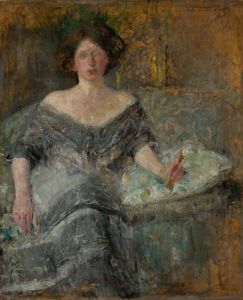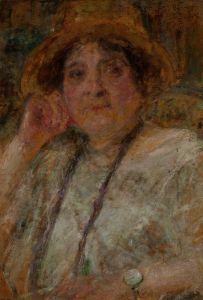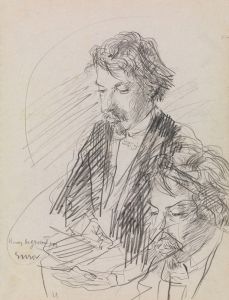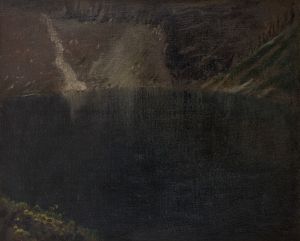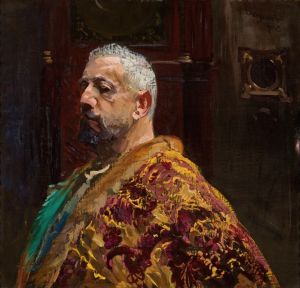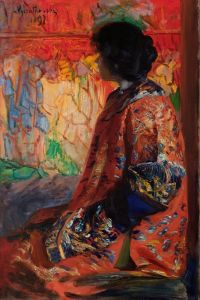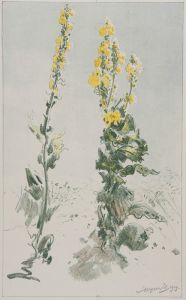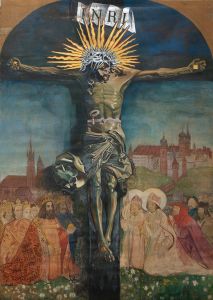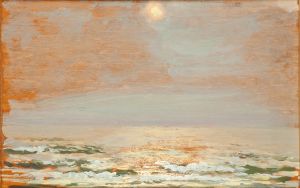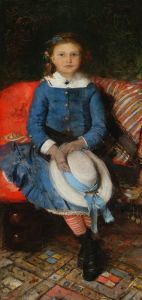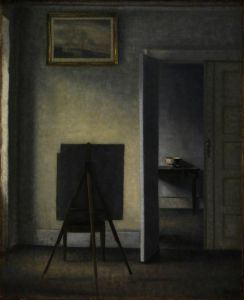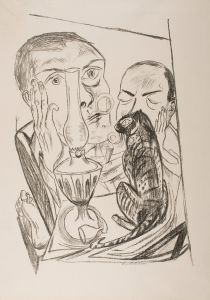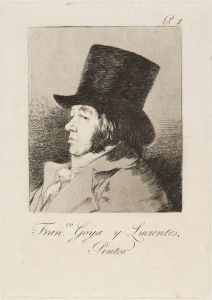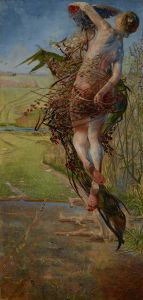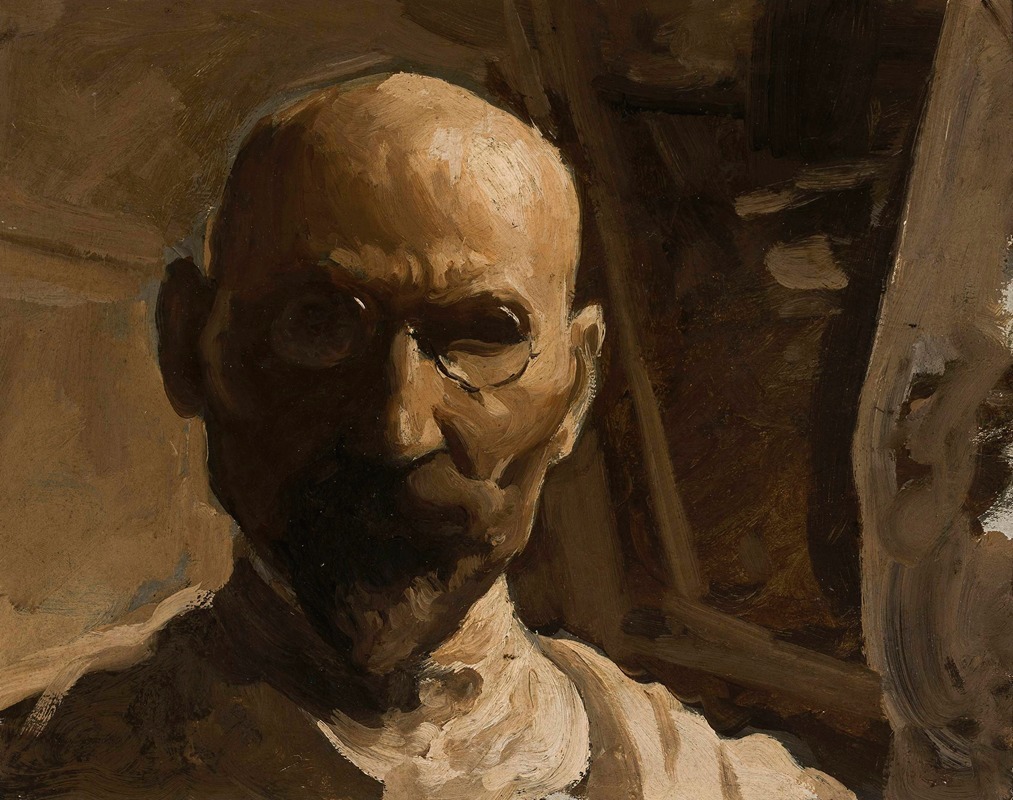
Self-portrait
A hand-painted replica of Leon Wyczółkowski’s masterpiece Self-portrait, meticulously crafted by professional artists to capture the true essence of the original. Each piece is created with museum-quality canvas and rare mineral pigments, carefully painted by experienced artists with delicate brushstrokes and rich, layered colors to perfectly recreate the texture of the original artwork. Unlike machine-printed reproductions, this hand-painted version brings the painting to life, infused with the artist’s emotions and skill in every stroke. Whether for personal collection or home decoration, it instantly elevates the artistic atmosphere of any space.
Leon Wyczółkowski (1852-1936) was a prominent Polish painter and graphic artist, known for his contributions to the Young Poland movement and his diverse artistic output, which included portraits, landscapes, and still lifes. One of his notable works is his self-portrait, which offers a glimpse into the artist's self-perception and artistic style.
Wyczółkowski's self-portrait is a compelling example of his skill in capturing the human form and expression. Painted in 1897, this work reflects the artist's mature style, characterized by a keen attention to detail and a deep understanding of light and shadow. The self-portrait is executed with a realistic approach, showcasing Wyczółkowski's ability to render textures and subtleties in his own visage.
In the self-portrait, Wyczółkowski presents himself with a serious and contemplative expression, which may suggest his introspective nature and dedication to his craft. The use of light in the painting is particularly noteworthy; it highlights the contours of his face and the texture of his hair and beard, creating a sense of depth and realism. The background is kept relatively simple, ensuring that the viewer's focus remains on the artist's face.
Wyczółkowski's choice of attire in the self-portrait is also significant. He is depicted wearing a dark, formal suit, which adds to the solemn and professional tone of the painting. This choice of clothing may reflect his status as an established artist and his commitment to his profession.
Throughout his career, Wyczółkowski was influenced by various artistic movements and styles, including Realism, Impressionism, and Symbolism. His self-portrait, however, leans more towards Realism, with its meticulous attention to detail and lifelike representation. This work is a testament to his technical prowess and his ability to convey personality and emotion through portraiture.
Leon Wyczółkowski's self-portrait is housed in the National Museum in Warsaw, Poland, where it remains an important part of the museum's collection. The painting not only serves as a representation of the artist himself but also as an example of the broader trends in Polish art during the late 19th and early 20th centuries.
Wyczółkowski's contributions to Polish art extend beyond his self-portrait. He was a prolific artist who produced a wide range of works, including landscapes, still lifes, and genre scenes. His ability to work in various mediums, such as oil, watercolor, and pastel, showcases his versatility and mastery of different techniques.
In addition to his artistic achievements, Wyczółkowski was also an influential teacher. He taught at the Academy of Fine Arts in Kraków, where he mentored a new generation of Polish artists. His impact on Polish art and culture is still recognized today, and his works continue to be celebrated for their technical excellence and emotional depth.
In conclusion, Leon Wyczółkowski's self-portrait is a significant work that reflects the artist's skill, introspection, and dedication to his craft. It remains an important piece in the history of Polish art and continues to be appreciated by art enthusiasts and scholars alike.





